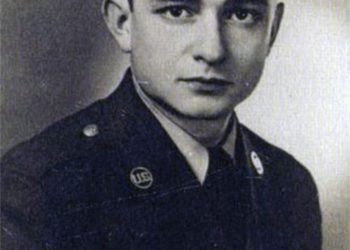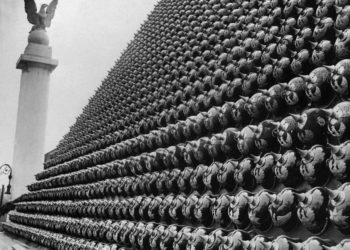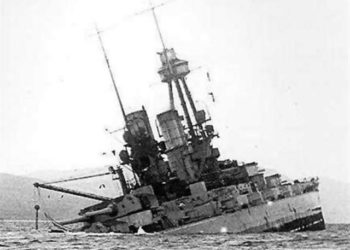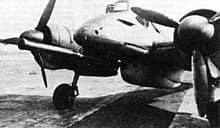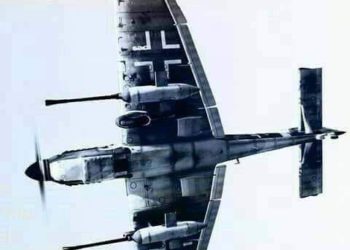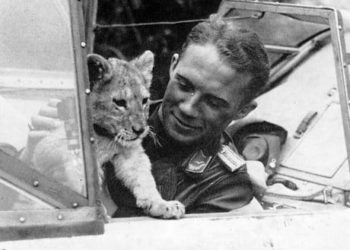The Paris Gun
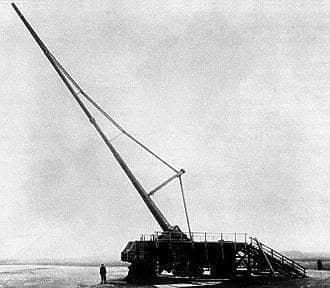
Deployed by the Germans from March 1918 onwards, this long-range siege gun was used to terrorise Paris.
Design and Specifications
The “Kaiser Wilhelm Gun”, as the Germans called it, was as useless as it was impressive: The gun weighed 256 tons, with a barrel length of 21 metres!

The shells weighed 106 kilos each but only contained 7 kilos of explosives: The shell casing needed to be thick to withstand the pressure inside the barrel when fired! So while the gun could hit Paris from a range of 120km, the impact from each round was rather underwhelming, with craters usually being 3.5 metres wide and 1 metre deep.
Operational Challenges
Furthermore, the barrel was only good for 65 shells before having to be sent back to the Krupp factory in Germany to be rebored to a higher calibre! Due to the enormous pressure inside the barrel, each shot caused a lot of wear and tear to the rifling, shaving an estimated 400 grams of steel per round! As such, the barrel started life as a 211mm calibre gun. 65 numbered rounds were provided by Krupp and had to be fired sequentially. Each shell was incrementally wider than the previous one to ensure a good seal when fired. Once the 65 rounds had been fired, the barrel had to be disassembled and sent back to the Krupp factory to be rebored to 238mm. Another 65 rounds could be fired through it (sequentially, of course) before the barrel was considered spent. The rate of fire was around one round every 15 minutes and never exceeded 20 rounds per day. The Paris Gun crew was composed of 80 sailors.
Impact and Legacy
An estimated 320 to 370 shells were fired at Paris between March and August with 303 impacting the city. Accuracy at ranges of up to 120km back in 1914 was approximate at best! The gun’s shells killed 250 people and wounded 620.
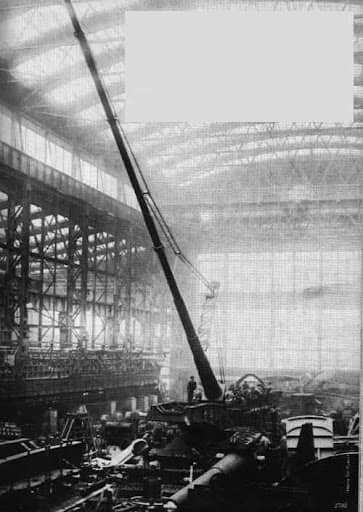
Under the terms of the Treaty of Versailles, the Germans had to hand over a complete Paris Gun to the Allies. They never complied. No gun was ever found and it seems the blueprints were also destroyed. This did not stop Krupp from experimenting with super-heavy guns (again) during WWII!
In the meantime, because the Treaty of Versailles forbade Germany from building long-range guns after WWI, the Germans directed their attention to the field of rocketry, leading to inventions such as the V1…
-RBM.


